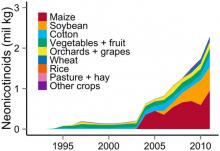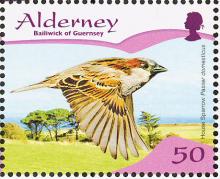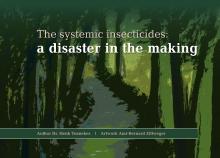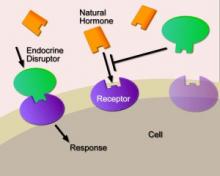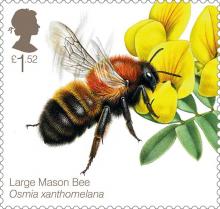The Terminator ( Homo exterminans )
- Lees meer over The Terminator ( Homo exterminans )
- Login om te reageren
While many people will be little moved by the loss of ‘creepy crawlies’, a massive extirpation of insects spills over to affect the numbers of birds, frogs, reptiles and fish that rely on insects as food, and the decline of these in turn affects larger animals. It impairs the successful pollination of plants which provide up to a third of the world’s food supply, as well as the renewal of landscapes and forests. Modern plants have evolved largely to depend on insects to fertilise them: lose insects and the whole web of life attenuates and, in some cases, collapses.



